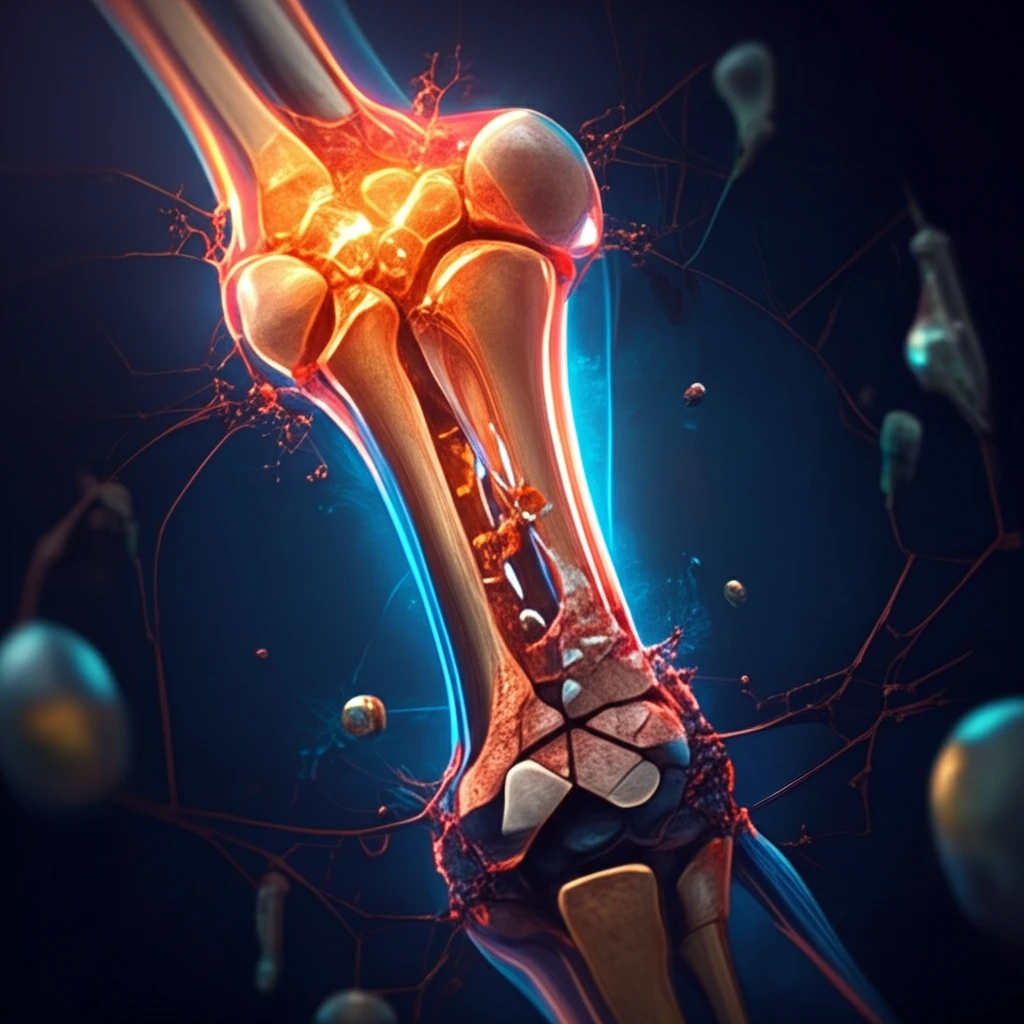
Unlock Stronger Bones: How Citric Acid and Sodium Alginate Could Revolutionize Bone Cement
"Discover the groundbreaking research exploring the synergistic effects of citric acid and sodium alginate to enhance bone cement for improved orthopedic outcomes."
The loss of bone tissue due to trauma or surgical removal presents a significant challenge in reconstructive surgery. Irregular bone defects are difficult to predict, making it crucial to find materials that can effectively fill the space and promote healing. Bone cement has emerged as a vital tool for addressing these challenges.
Calcium phosphate bone cement (CPC) is widely used in bone repair due to its ability to self-set at low temperatures, high moldability, excellent biocompatibility, and osteoconductivity. These properties make it an ideal material for filling bone defects and supporting tissue regeneration. However, the clinical application of CPC is limited by certain drawbacks, including poor injectability and weak mechanical strength.
Researchers have been exploring various additives to enhance the properties of CPC. A recent study investigated the combined effects of citric acid (CA) and sodium alginate (SA) on the physicochemical properties of a-tricalcium phosphate (a-TCP) bone cement. This innovative approach aims to improve the strength, handling, and overall effectiveness of bone cement for orthopedic applications.
The Power of Two: How Citric Acid and Sodium Alginate Work Together

The study focused on incorporating calcium-binding agents—citric acid (CA) and sodium alginate (SA)—into a-tricalcium phosphate (a-TCP) cement. Researchers aimed to improve the cement's physicochemical properties by leveraging the unique characteristics of these additives. The effects of CA and SA on the phase, morphology, deformation, handling, and mechanical properties of the cement were thoroughly examined.
- Faster Setting Time: The combined agents significantly reduce the time it takes for the cement to harden.
- Improved Injectability: The cement becomes easier to inject, allowing for precise placement in complex bone defects.
- Enhanced Anti-Washout Ability: The cement resists disintegration in bodily fluids, ensuring stability during the healing process.
- Increased Mechanical Strength: The cement becomes stronger and more durable, providing better support for bone regeneration.
A Promising Future for Bone Repair
The study concludes that incorporating CA and SA into a-TCP bone cement can significantly improve its physicochemical properties. This innovative approach offers a promising strategy for developing injectable a-TCP bone cement with enhanced properties, paving the way for numerous clinical orthopedic applications and better patient outcomes.
